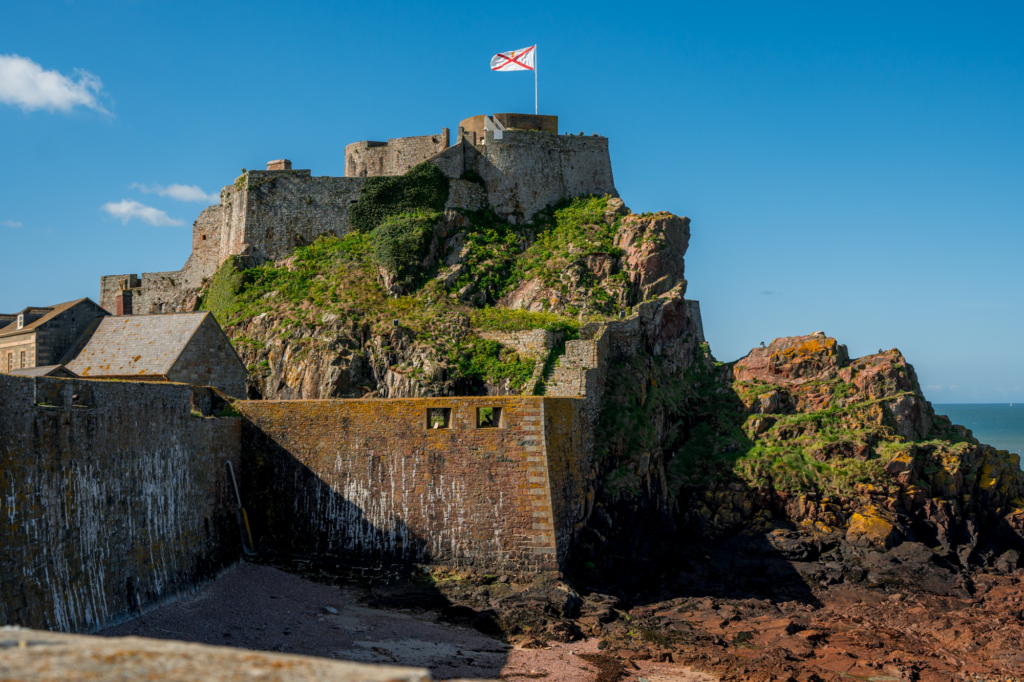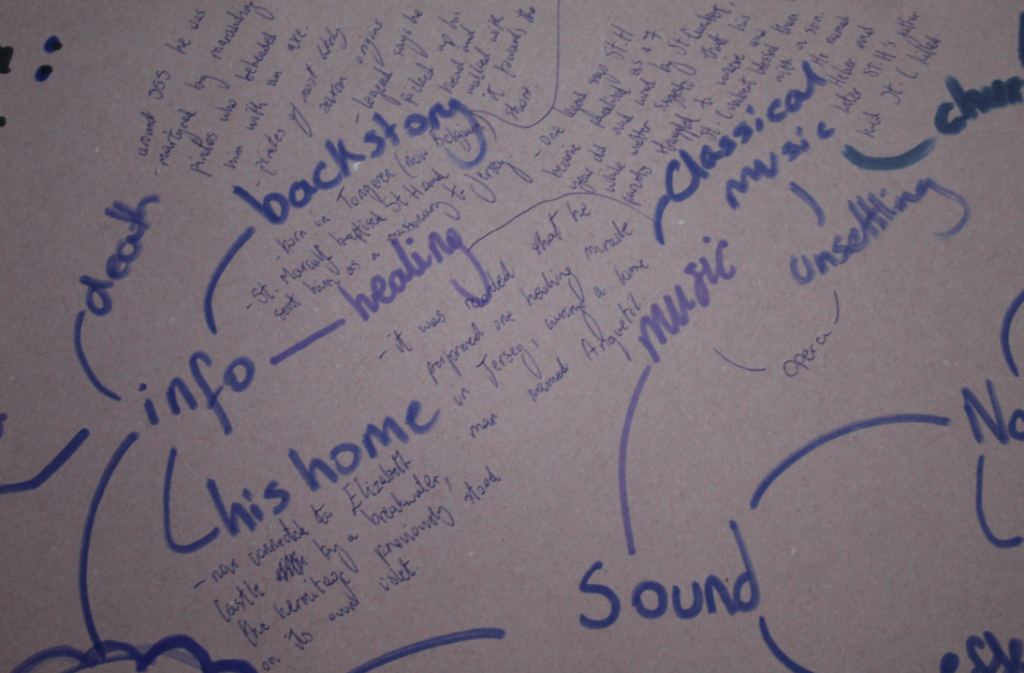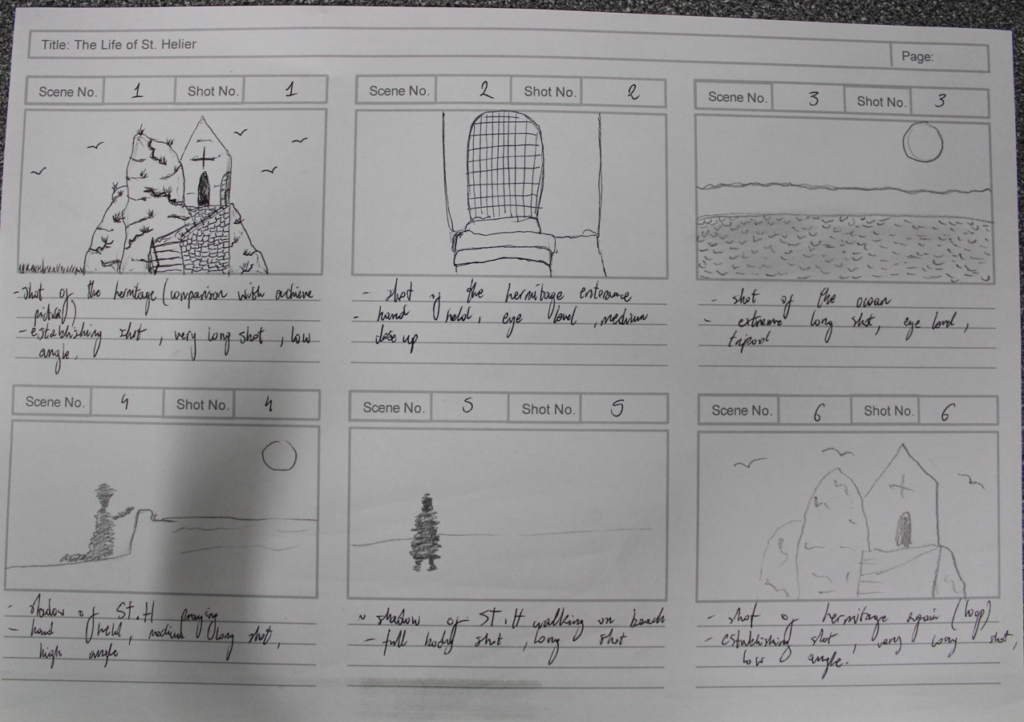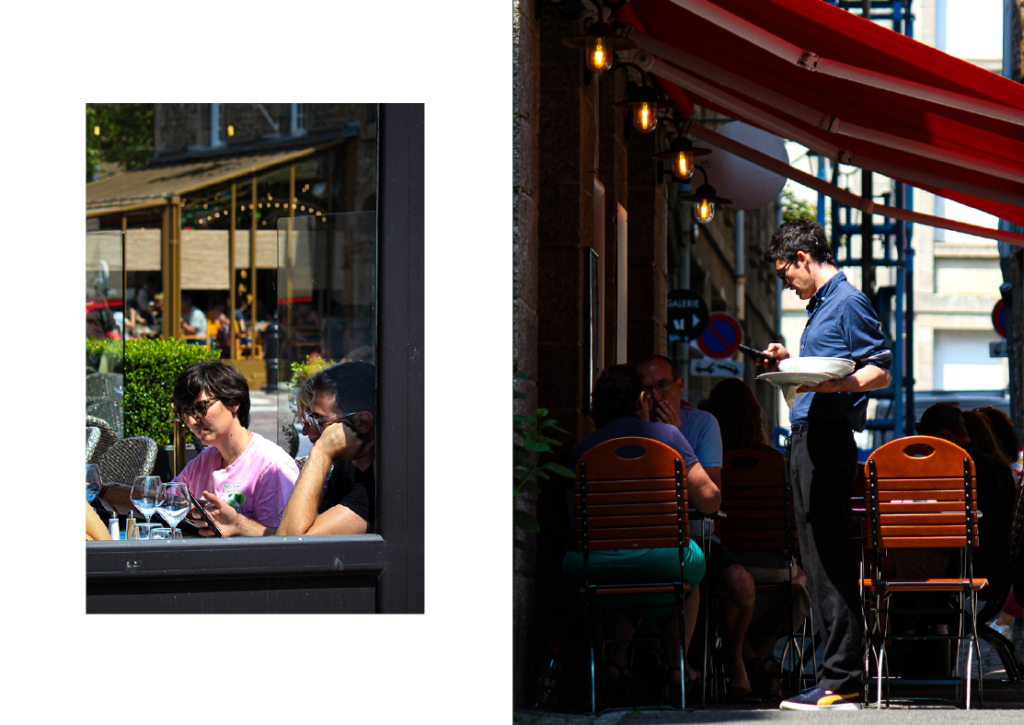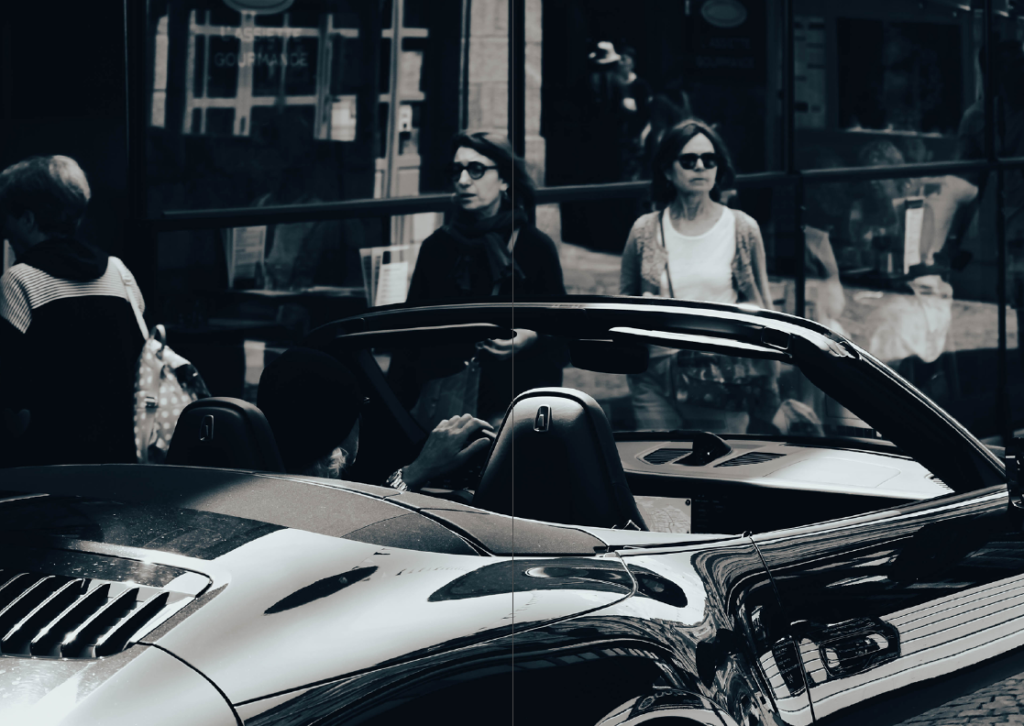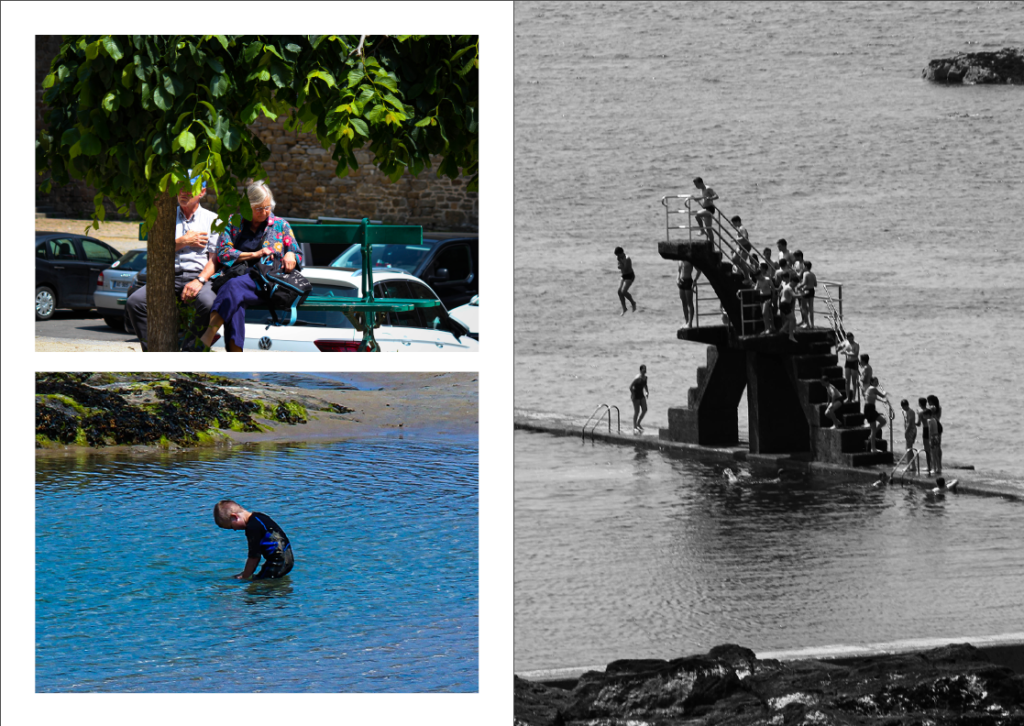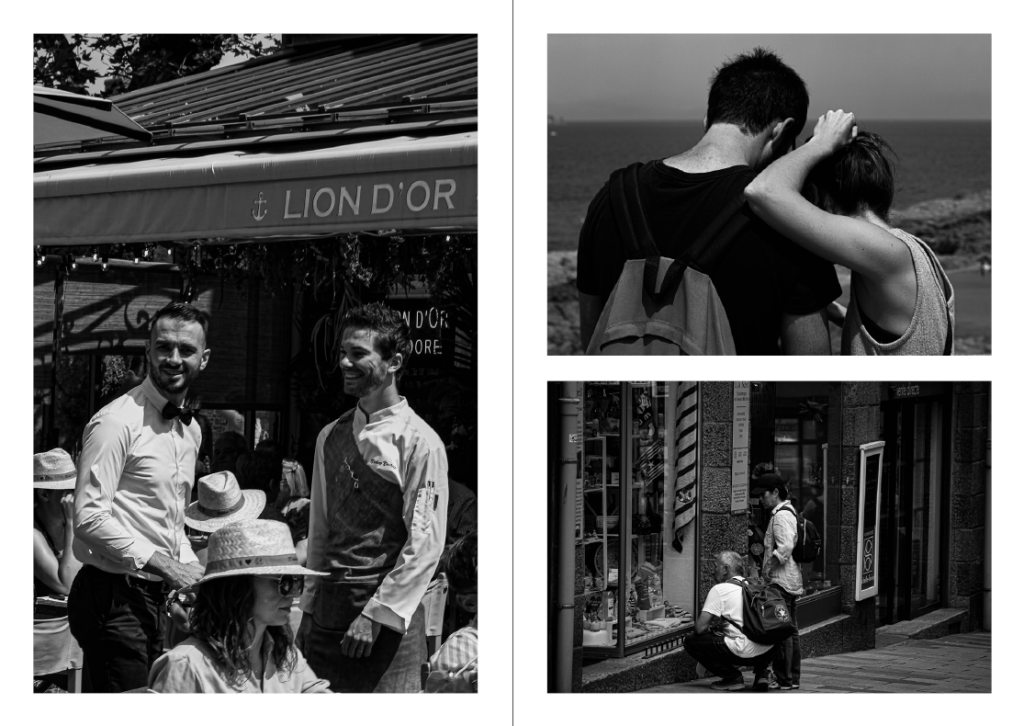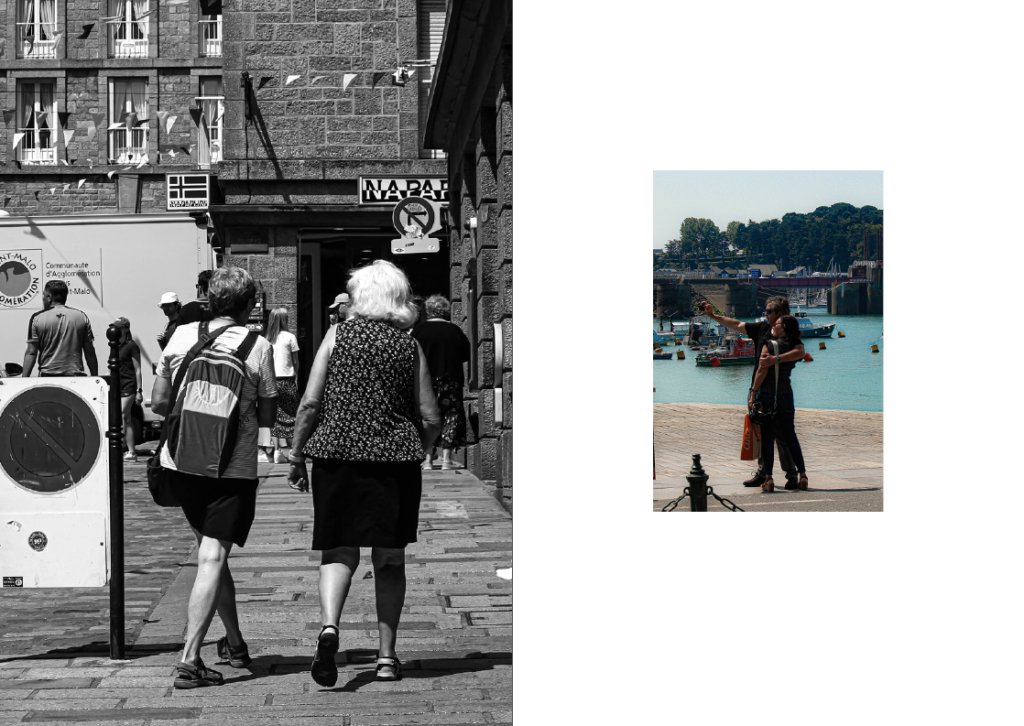‘Photography did not spring forth from nowhere: in the expanding capitalist culture of the late 18th and 19th centuries, some people were on the look-out for cheap mechanical means for producing images […] photography emerged experimentally from the conjuncture of three factors: i) concerns with amateur drawing and/or techniques for reproducing printed matter, ii) light-sensitive materials; iii) the use of the camera obscura
— Steve Edwards, Photography – A Very Short Introduction’
An archive is a collection of historical records or materials which contain primary source documentation, such as photographs- reports – memos etc, of certain events. These sources have been collected over the course of an organization’s lifetime, and are usually kept in order for the public to gather or view said information first hand. A popular archive in Jersey is the société Jersiaise which was founded in January 1873 by a small number of prominent Islanders who were interested in the study of the history, language and antiquities of Jersey. Membership of the société grew quickly and the aims of the new society soon widened to include multiple new aspects such as; the publication of historical documents, the founding of a Museum and the study of the Island’s natural history. The museum became permanent in 1893 when it moved to 9 Pier Road, which was a large early nineteenth century merchant’s house. The Museum and collections are now looked after by Jersey Heritage but are continued to be added to annually. The current aim of the Société is to produce and discover research on the Island’s history, culture, language and environment, as well as to share that knowledge with the community. They achieve this through their active sections, research collections, community outreach and collaboration with local and international heritage partners.

Albert Smith
The photographer I chose to focus on is Albert Smith. He was born on the 12th of August, 1856 in Hornsey to his parents, Henry Smith and Mary Rawlings. He was a stockbroker in Weybridge, Surrey until the early 1880s where had his first child, with his wife Josephine Elizabeth Coutts, in Weybridge before the family moved north to Scotland. They had two more children who were born in Waterloo, and this is where Albert took up photography. He would later start business in Jersey in 1892 and by the time of his Sixth child he and his family had already moved to St. Helier with Albert purchasing a photography studio.
Smith used the collodion wet plate process in order to produce his images, leading to thousands said images surviving the test of time. These images can also be viewed in the archive of Société Jersiaise. This an example of how useful archives can be in preserving knowledge as not only do we get to learn more about the past through said images, (since they would have captured key aspects of the past like clothing, locations, lifestyle, etc.) as well as gaining more knowledge about the processes behind the pictures. We are also able to learn a bit about Albert though his photos, for example we can tell that he takes a variety of pictures, from portraits to landscapes, leading us to believe that he enjoyed many aspects of photography and didn’t want to stick to one main part of it.

Analysis of photo

The photo above was taken by photographer Emile F. Guiton. In the picture we are able to see a well-dressed woman in what appears to be a style from the 1800’s. The image creates a contrast between the woman and the background due to the light, pastel colours of her attire in comparison to the more bleak/ dull appearance of the scenery behind her. This helps to keep our attention on the woman making her the main focus of the image even if she isn’t directly in the centre. Since she is what we focus on we are able to focus more on the finer details about her, such as her body language. The way shes standing, in my opinion, makes her seem dejected as her arms are hanging somewhat loosely at her side, while she looks off into the distance with a sullen expression on her face.
Photos like the one above provides quite a bit of insight into the past. Going back to her attire, we can infer quite a bit from the woman such as she could be well off since the style is one that was often worn by the upper middle class. We are also able to link the image to fact that we know about the past, for example maybe a reason she seems upset is due to her being forced into something since we know patriarchy was quite strong during this time. The main point is that having sources like this which we can access means that we are able to learn more about the past suggesting that archives are a good repository of knowledge.
Conclusion
In conclusion, archives are a repository of knowledge as they hold an abundance of information and resources which are used to look into the past. Looking into the past is important as we can learn about key events which is important in order to better the future, if we don’t reflect or learn about the past we won’t be able to avoid making the same mistakes. It is also a good way of improving skills or methods of doing things, for example with photography we can look back at old photographs and see what made them eye catching and then replicate that in our own photos. Additionally, archives are a great way to research about the past since they hold many primary sources which you wouldn’t be able to find normally, such as old photos, notes, diary’s etc.


















